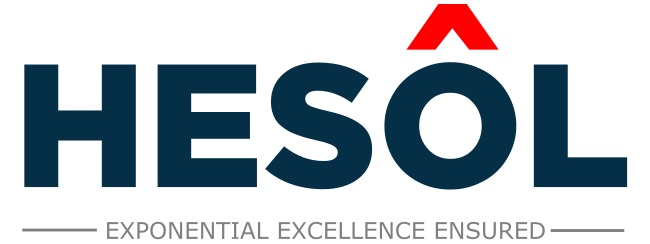FMCG Distirbution Cost Optimization

About the Organization
Our client is a FMCG company from India. They contract manufacture most of their products and all the finished goods are stored at their main distribution centres. They also have a niche vertical of imported products from 8 different countries from Europe and Asia. The imported products as well are stored in the same main distribution centres where the local products are stored. There are two main distribution centres which distributes the products across the country – one at Southern India taking care of south distribution and one at western India taking care of west, north and east distribution.
Supply Chain Cost Optimization | Business Case
The organization operates through multiple distribution channels – general trade, cash and carry, modern trade and ecommerce. They follow an OMNI channel business model to optimize overall cost of operations. Having done all these, their overall distribution costs is in a steep rise and it is already above the industry benchmark by 4-5%. The business case is to reduce the overall distribution costs.
OPPORTUNITY
Scope of Work
The project is driven in 3 Phases – Discover phase, Simulation phase and Solution design phase.
Discover Phase:
- We used our home grown Value stream Unit economics model to map the product flow of FG till final destination and also chart out the unit costs associated within each node of the supply chain (distribution).
- We ran a benchmarking exercise for each node within supply chain which includes but not limited to – primary movement, secondary movement, last mile, stocking, transfers, storage, packing, consolidation, returns, rejections, damages, and so on.
- Part of discover phase, we have also ran a market survey and collected crucial voice of customer data for each of the channels
- We have complete the current state unit economics map which itself unearthed multiple quick wins (easy to implement, low capital, less risk and high gains)
- We did not wait till the solution phase and put up an implementation plan for the quick wins. The quick wins alone improved the overall distribution cost % by 0.8%
Simulation Phase:
- We have built a custom cost simulation model with MS access database, web front end for users, excel with VBA for simulation runs and tableau and python coding for dynamic simulations. Note: Since there are a total of 43 input parameters that impacted cost, We have predicted that without a flexible and reliable simulation model we can not solve this problem.
- We have the VOC and VOB as constraints to the model. By that we also had the critical customer requirements and KPIs ready, we have built them as constraints in the model.
- A total of 25 simulation runs are completed to stress test the distribution and arrive at the cost related issues
Solution design phase:
- A total of 54 simulation runs are completed to arrive the potential solutions.
- We used prioritization methods to narrow down to 3 key solutions which would reduce the overall supply chain cost
- We then used to PUGH matrix & ROI estimator to pick the final Pan India solution for improving the supply chain cost
Tools & Techniques used
- Value Stream Unit Economics Map (VSUEM)
- Throughput Analysis tool called ‘TPut-Pro’
- Space Modelling tool called ‘CSpace’
- Cost Vs Service Vs Space model
- Slotting Technique
- Congestion Analysis
- Process Flow Diagram
SOLUTION
Distribution To-Be Design & Optimization
The root of the issue is – though the organization claimed that they are an OMNI channel model, in-fact the channels functioned in isolation leading to huge cost leakages in the supply chain. This is the core issue which then had a negative ripple effect throughout the supply chain. This was validated during our simulation run.
The key themes of solution are –
1. Re-designed fulfilment engine which would enable OMNI channel business model
2. Re-vamped processes which are agile and proactive (happy flow)
3. Re-vamped reactive protocols which are swift to act per a defined SOP during emergencies to take care of the not so happy flows
4. Cost controls at each node of the supply chain (distribution) which reports the unit costs on a weekly basis
5. Cost governance structure to discuss on the low performers and monitor the action plan to get things back on track
6. Two Load-Consolidators for taking consolidation decisions on a timely way
7. Dynamic Inventory (space) Vs service simulator for day to day stocking decision
8. Re-defined Video SOPs for each function for cost monitoring and control
9. Basic costing and impact by role training for each function
10. Future state Cost Value stream with a clear 5 year strategy and key decisions
11. New Tech stack to support this transformation
RESULTS
- Supply chain cost improvement by 0.8% in 3 months (Quick Wins)
- Supply chain cost improvement by 2.3% by the solution implementation
- Cost governance implementation
- Cost KPI implementation
- Logistics and Warehousing optimizers part of routines









